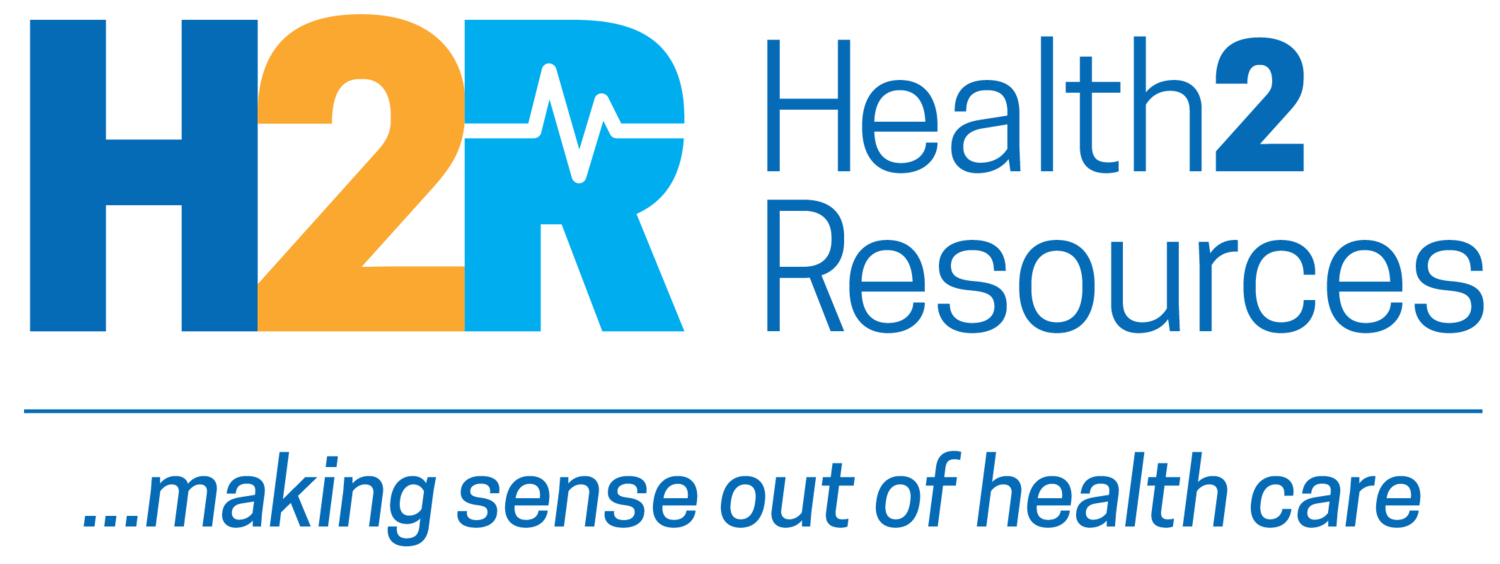May 9, 2019 | CBO on single-payer system: It's complicated
Industry News
FDA ends program that hid device malfunctions
The FDA is shuttering its 20-year-old “alternative summary reporting” program that allowed device makers to hide reports of harm and malfunctions from the public. A March Kaiser Health News story put the spotlight on a previously obscure program that has collected 1.1 million reports since 2016. It was so obscure that even a recent FDA commissioner didn’t know about it. The FDA announced the move in a statement about increasing transparency around the safety of breast implants. (Kaiser Health News)
CBO weighs in on single payer: It’s complicated
The Congressional Budget Office weighed in on a single-payer government health care system, saying it “could be complicated, challenging and potentially disruptive.” It would require substantial changes in how people get health care, what care they get, how much providers are paid and who pays the bills. On the plus side, it could substantially reduce the number of uninsured. The big question—whether the nation and/or individuals would end up spending more money or less money on health care—would depend on an array of factors. (USA Today)
Innovation & Transformation
Civica Rx CEO Martin Van Trieste is among the health care players cheering on Amazon’s bid to disrupt the industry. In particular, he cited the company’s focus on the consumer experience and unwillingness to work within the status quo. “It's going to be Amazon at the end of the day ... once they do it, it'll be a stampede,” he told the World Healthcare Congress. He’s not an outlier: Stanford Graduate School of Business professor Robert Pearl and Manatt Ventures’ Lisa Suennen agreed, arguing that both government and legacy businesses have their hands tied by perverse financial incentives, making them unlikely candidates for disruption. (Healthcare Dive)
Consumers & Providers
As a resident, Dr. Sunita Puri recalls caring for a man dying of metastatic liver cancer. She tried to talk with the family about forgoing heroic measures, but they were adamant that she “do everything.” Hours later, she oversaw chest compressions to revive him when his heart stopped. The man died that night. Few people want to die while undergoing painful last-minute resuscitation or while hooked up to machines in a hospital. Yet it’s the death many Americans end up with. Puri is fighting for an alternative and teaching other doctors how to talk to patients about their hopes and fears, not just their disease and treatment. (NPR)
Physician/son loses patience with health system
Dr. Hasan Shanawani went viral. He shared on Twitter his family’s enraging experiences with the health care system. Shanawani, a physician at the Department of Veterans Affairs, struggled to get his 83-year-old father, also a physician, admitted to a hospital, despite the fact he had a spinal fracture and metastatic stage 4 prostate cancer. “I have incredible privilege, and I know how to navigate bureaucracies. But still, hospital staff provided us no guidance, no assurance, no knowledge, until two people willing to help came along. I don’t know how to fix this.” (Kaiser Health News)
New & Noted
Too complicated for its own good: MIPS--the Merit-based Incentive Payment System--was to have been live this year, but Congress delayed full implementation until 2022. And even that may be too soon. Few physicians truly grasp all the myriad MIPS nuances. “The average clinician can’t really understand what they’re being measured on and how they’re going to sort it out,” warns Lauren Golding, MD, vice chair of the American College of Radiology’s MACRA Committee. (Radiology Business Journal)
Getting better, but not well: Not-for-profit and public hospitals’ revenue growth has edged ahead of expense inflation for the first time since 2015, according to a report from Moody’s Investors Service. Median operating margins reached 1.7% in 2018, down from 1.8% in 2017. A healthier operating margin would be around 2.5%, according to Christopher Kerns, executive director at the Advisory Board. (Modern Healthcare)
Hardship hits most Americans: Fifty-six percent of U.S. adults face some kind of medical financial hardship, according to a study by American Cancer Society researchers published in the Journal of General Internal Medicine. That comes to more than 137 million people. Hardships include debt, distress and foregoing care. (Journal of General Internal Medicine; announcement)
Multi-media
On this episode of The Dose podcast, the Commonwealth Fund’s Shanoor Seervai and Corinne Lewis discuss what they learned from patients—and their providers—about the time constraints and financial barriers that can make it so difficult for poor people to seek even the most basic health care. (Commonwealth Fund)
MarketVoices...quotes worth reading
“Big business is the only force in the United States that’s big enough to take on the elected officials.”—Stanford Graduate School of Business professor Robert Pearl, on how the joint venture Haven will be “as big in healthcare” as Amazon is in retail, in Healthcare Dive
